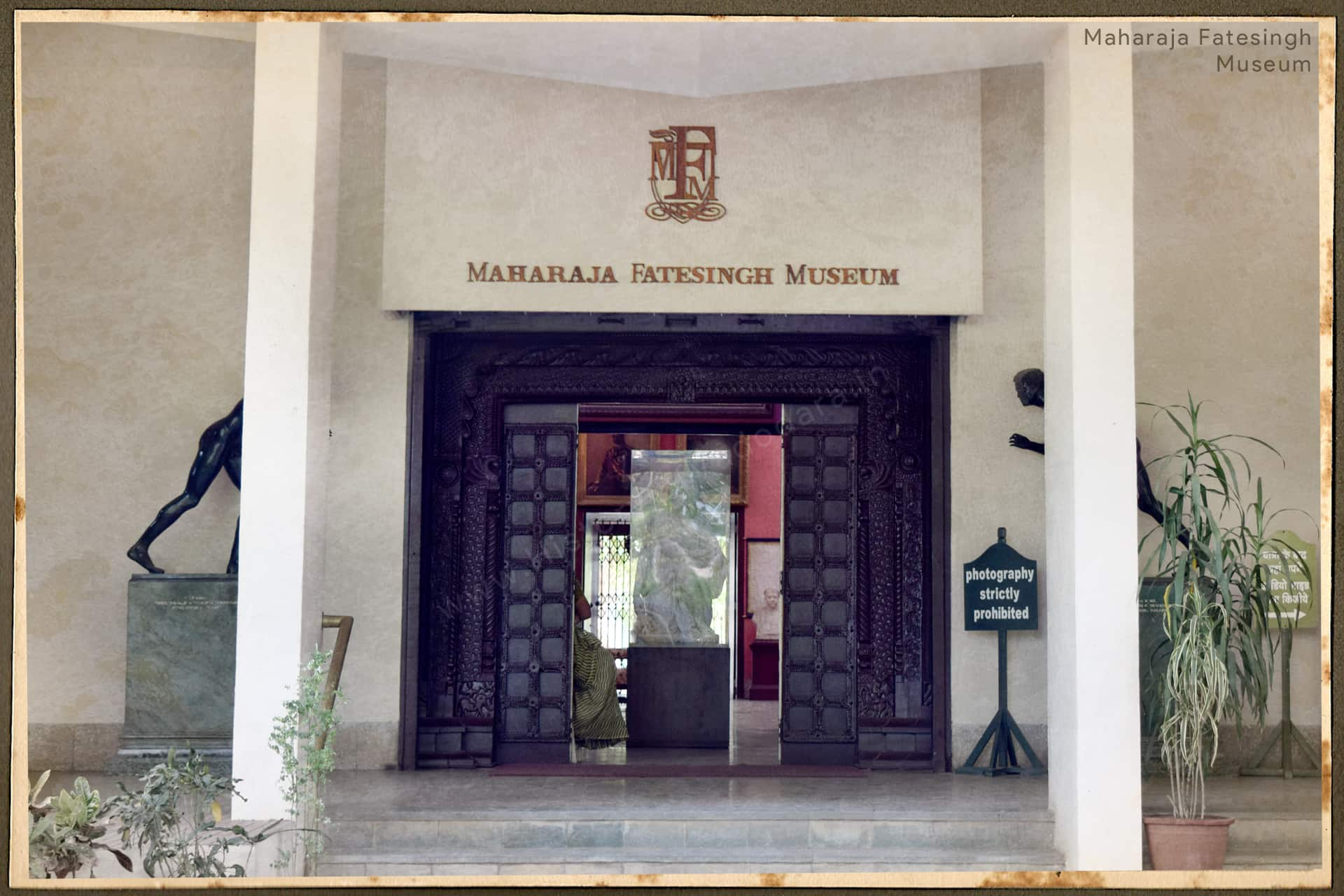Maharaja Fatesingh Museum, located in the city of Vadodara in Gujarat, is a popular tourist destination known for its impressive collection of art and artifacts. The museum is located in the beautiful Lakshmi Vilas Palace, which was built in 1890 by Maharaja Sayajirao Gaekwad III. The palace was later converted into a museum in 1961 and named after Maharaja Fatesingh, the father-in-law of Maharaja Sayajirao Gaekwad III. The museum is spread over a vast area of 18 acres and is a must-visit for art and history enthusiasts.
The museum boasts an extensive collection of art and artifacts, including paintings, sculptures, armory, textiles, and other historical objects. The collection showcases the rich cultural heritage of Gujarat and the rest of India. The museum has several galleries, each dedicated to a specific era or genre of art. The galleries are organized chronologically, allowing visitors to witness the evolution of art and culture in India over the centuries.
One of the most impressive collections in the museum is the collection of art from the Baroda School of Art. The Baroda School of Art was founded by Maharaja Sayajirao Gaekwad III in the early 20th century, and it became a center of excellence for Indian art. The museum has an extensive collection of works by famous Baroda artists, such as N. S. Bendre, K. G. Subramanyan, and Sankho Chaudhuri.
Another highlight of the museum is the collection of sculptures and carvings, which includes works from the 6th century up to the 18th century. The collection includes sculptures from various regions of India, such as the Gandhara region, which is now part of Pakistan. The museum also has a collection of Jain sculptures, which are known for their intricate carvings and exquisite details.
The museum’s textile collection is also worth mentioning, as it showcases the rich textile heritage of Gujarat. The collection includes traditional handwoven sarees, shawls, and other textiles, which are known for their vibrant colors and intricate designs. The museum also has a collection of traditional embroidery, such as the famous Kutchi embroidery, which is known for its use of mirrors and vibrant colors.
Visitors to the Maharaja Fatesingh Museum can also explore the palace’s other attractions, such as the Darbar Hall, which is known for its impressive crystal chandeliers and stained-glass windows. The palace also has a beautiful garden, which is ideal for a leisurely stroll. The museum has a well-maintained library, which has a vast collection of books and documents related to Indian art and history.
Conclusion || Maharaja Fatesingh Museum
In conclusion, the Maharaja Fatesingh Museum is a must-visit for anyone interested in Indian art and culture. The museum’s vast collection of art and artifacts showcases the rich cultural heritage of Gujarat and India. The museum’s peaceful atmosphere and beautiful surroundings make it a perfect destination for a leisurely afternoon. Visitors can learn about the history of India and appreciate the country’s rich art and culture in this magnificent palace-turned-museum.
Book Your Flights : Here 30% OFF on Booking
Book Your Hotels : Here 20% OFF on Booking


0 Comment